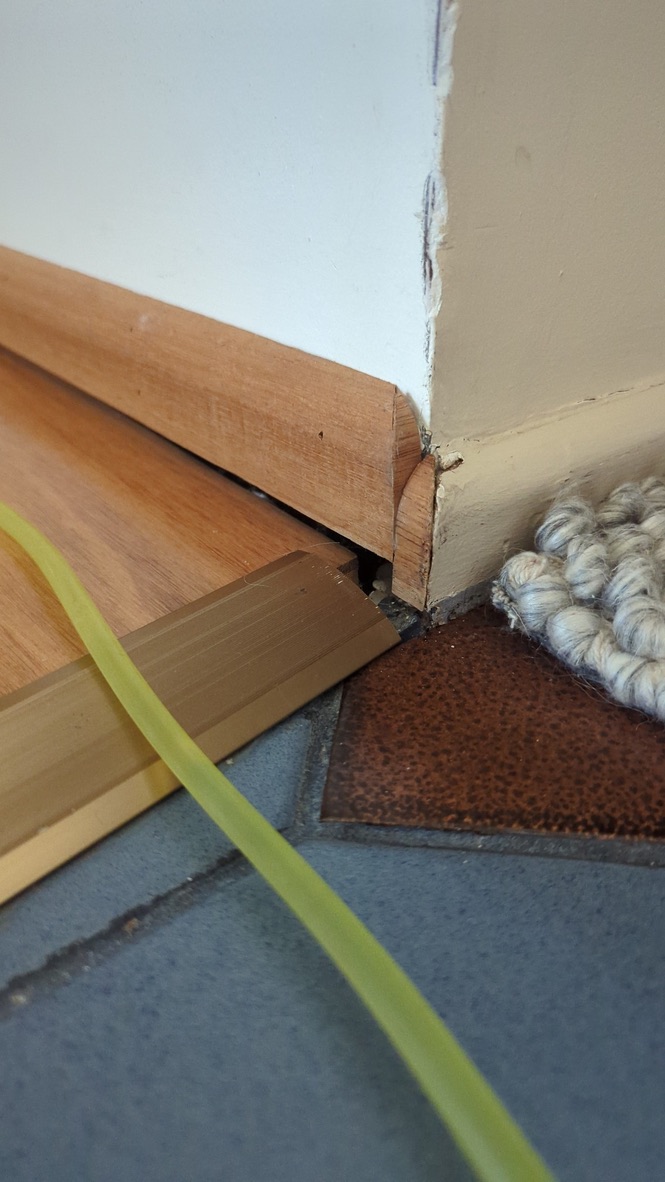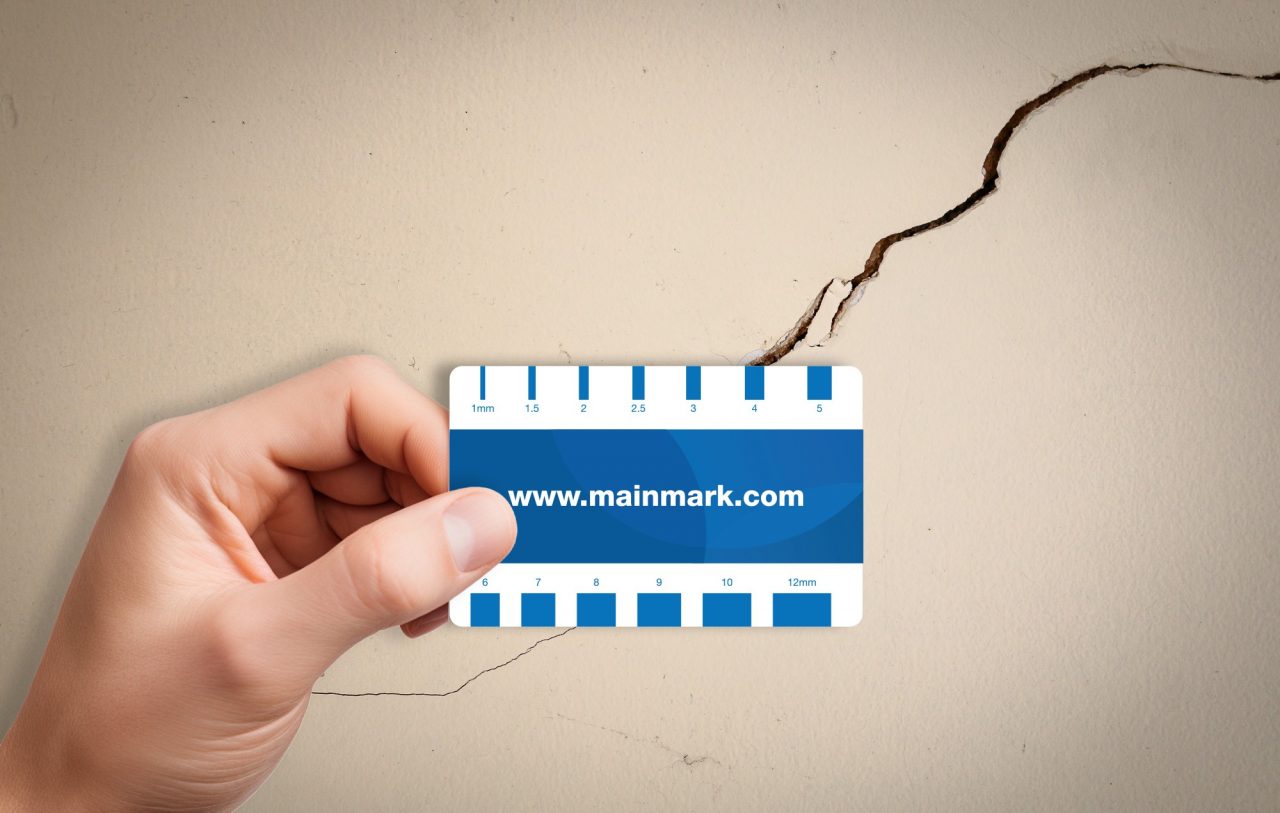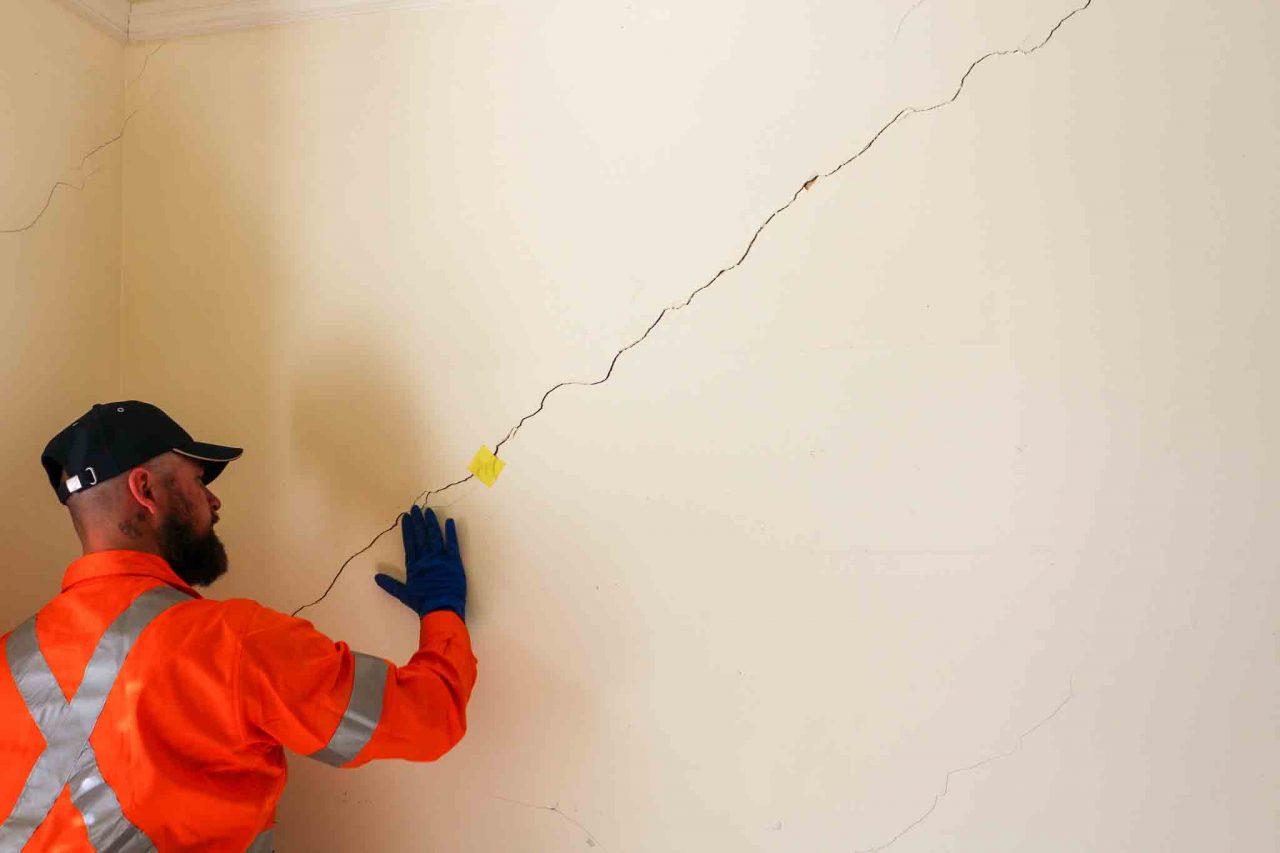How Hotter Weather in Australia Leads to Greater Levels of Subsidence
Hotter weather can indeed result in subsidence, especially in areas with clay-rich soils, and the effects are becoming more noticeable due to the impact of climate change.
Subsidence is the downward movement of the ground beneath a building or structure, and it can lead to significant damage to properties. To understand how hotter weather causes subsidence, it’s important to consider the relationship between temperature, moisture levels, and soil composition.
How Hotter Weather Leads to Subsidence
Soil Moisture Loss
In hot weather, particularly during dry spells or heatwaves, the moisture levels in the soil decrease. This is particularly problematic for clay-rich soils, which have a tendency to absorb and retain water. When moisture is lost, clay soil contracts, shrinking in size. This shrinking can cause the ground to sink or shift, leading to subsidence. This effect is especially pronounced in areas where the weather becomes hot and dry for extended periods, such as during prolonged summer heatwaves.
Clay Soil Behaviour
Clay soils are particularly susceptible to subsidence because of their expansive nature. When the soil is wet, it swells, and when it dries out, it shrinks. This cycle of expansion and contraction can lead to ground movement that affects buildings. As the soil contracts during hot weather, it may cause foundations to sink or crack, leading to structural problems like cracks in walls, uneven floors, and doors or windows that no longer close properly.
Impact of Prolonged Dry Spells
Hot weather during the summer months can lead to prolonged periods of drought. When these dry spells last for weeks or months, the ground may dry out significantly, particularly in areas where the soil is composed of clay, silt, or loam. Prolonged dryness exacerbates the shrinkage of the soil and increases the likelihood of subsidence. Even after the weather returns to normal, the damage caused by the soil shifting may persist, sometimes requiring expensive repairs to the affected structures.
Increased Frequency Due to Climate Change
Climate change is contributing to more frequent and intense periods of hot weather, including heatwaves and prolonged dry spells. This increase in temperature and drought conditions is expected to continue in many parts of the world, which means the frequency of subsidence-related claims could rise as well. As summers get hotter and the ground becomes drier, the risk of soil shrinkage and subsequent subsidence increases, especially in regions that are already prone to these issues.

Effects of Subsidence
The primary consequence of subsidence is damage to buildings and structures. The shifting of the ground can cause foundations to crack, causing:
- Cracks in walls: These often appear in brick or plaster and may worsen over time as the soil continues to shrink or shift.
- Uneven floors: As the foundation moves, floors may become uneven or slope, which can be dangerous in severe cases.
- Doors and windows: Frames may become misaligned, causing doors and windows to stick or fail to close properly.
- Structural damage: In extreme cases, subsidence can lead to significant structural issues, requiring costly repairs or even partial rebuilding.

Start measuring wall cracks from the convenience of your home.
If you notice wall cracks around your home that are:
Large cracks that start at windows, doorways or corners of buildings
Cracks wider than 5mm
Jagged, horizontal or vertical, zig-zagged, stepped in brickwork or follow mortar line
These characteristics may indicate weakness in your property’s foundation.
To help you discover if the cracks in walls around you home could be due to subsidence, we’ve developed this handy tool. Download our FREE crack gauge and start measuring and monitoring the wall cracks around your home now!

Preventative Measures
Homeowners can take several steps to reduce the risk of subsidence, especially in areas prone to hot weather. Some of these measures include:
- Moisture control: Ensuring that the soil around the property maintains consistent moisture levels is essential. This might involve landscaping solutions such as installing proper drainage or using watering systems during dry periods.
- Monitoring for cracks: Homeowners should keep an eye out for early signs of subsidence, such as cracks in walls or uneven floors, and address them promptly.
In summary, hotter weather, especially when accompanied by drought conditions, can significantly contribute to subsidence. The shrinking of clay-rich soils during hot, dry weather leads to ground movement, which can cause structural damage to buildings.
As climate change leads to more intense and prolonged hot spells, the frequency of subsidence claims is likely to increase.
Cracked Wall Repairs
Before & After Treatment
Trusted by Homeowners Since 1989
Not all cracks in brickwork are cause for concern, but some can indicate serious structural issues. The key is to monitor the size, direction, and progression of cracks. Small, stable cracks are usually harmless, while widening, stair-step, horizontal, or bulging cracks may signal foundation problems that require professional attention.
Features & Benefits
Mainmark’s Solutions & Technologies

Fast
Our technologies have fast curing times and treated areas can be used immediately or without the delays compared to traditional repair methods.

Environmentally Inert
Our technologies use an inert material that is non-toxic and does not leach into the environment or affect the treated area.

Non-Invasive
Our solutions are of surgical nature compared to traditional methods.

Cost-Effective
Compared to traditional methods, our solutions are more cost-effective, with minimal disruption to the area.
Get a FREE quote
Arrange a site assessment in 3 simple steps:
Step 1
Submit your enquiry using our online form. Include a brief message about the type of foundation issues you are experiencing.
Step 2
Our friendly customer service team will be in touch to schedule a site assessment that suits you.
Step 3
One of the Mainmark experts will visit your home or property, assess the damage, and ascertain the likely cause. They will establish the approach needed, creating a plan specific to the needs of your building and provide you with a detailed quote.































